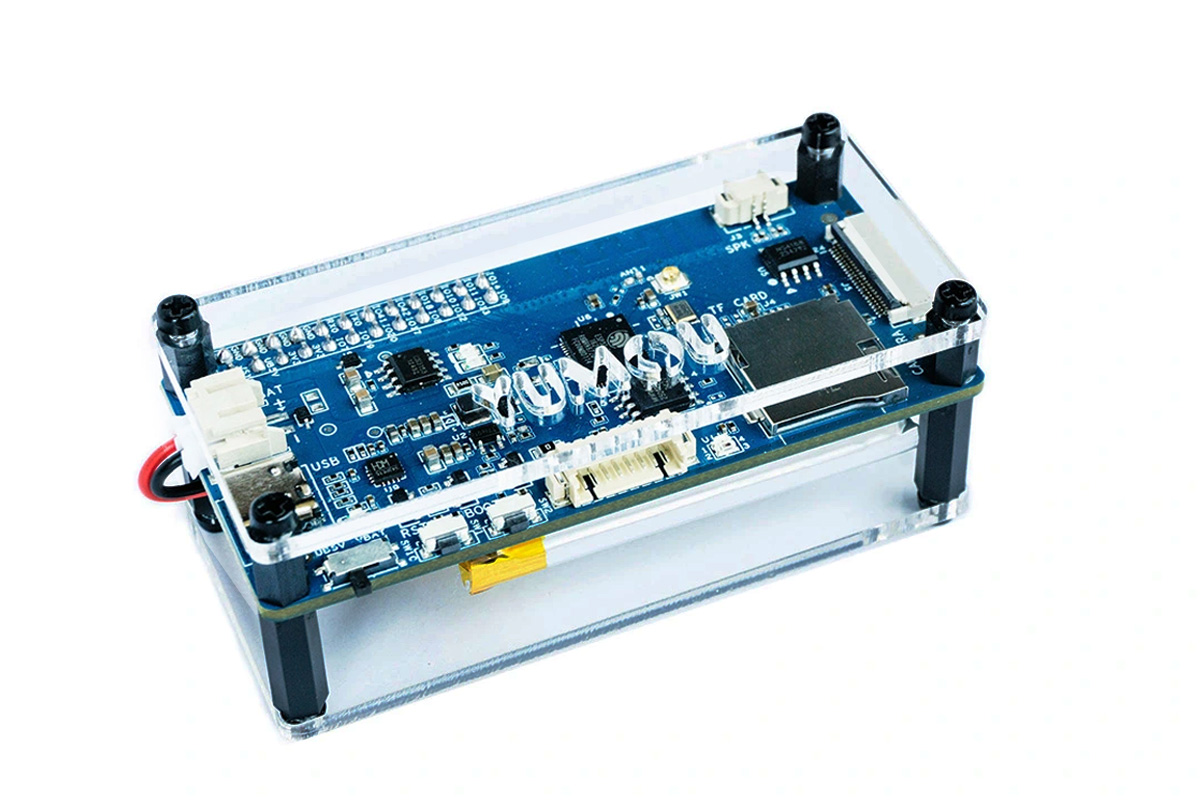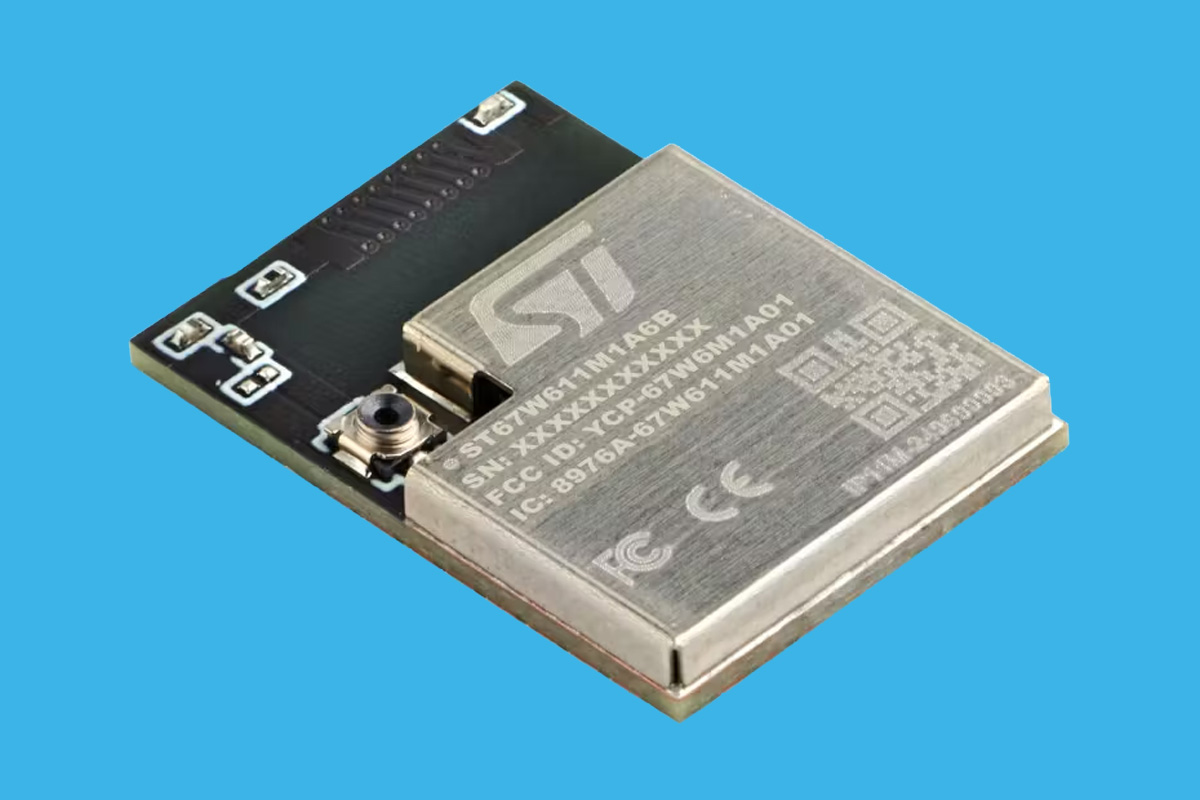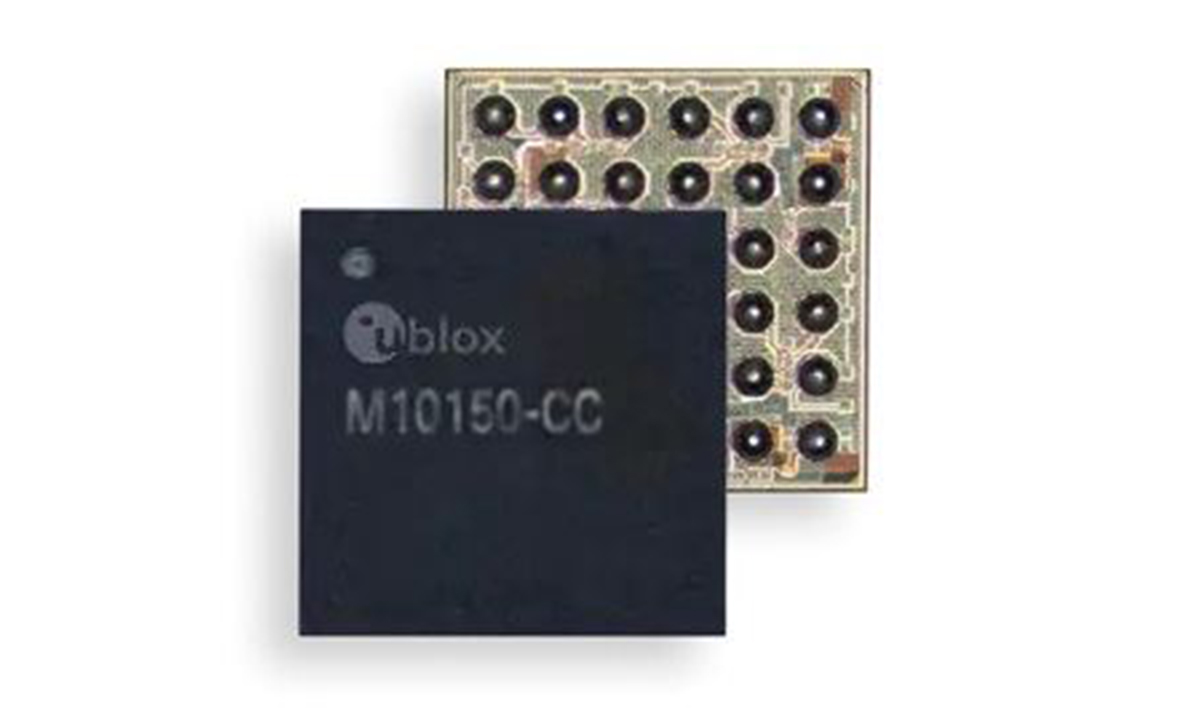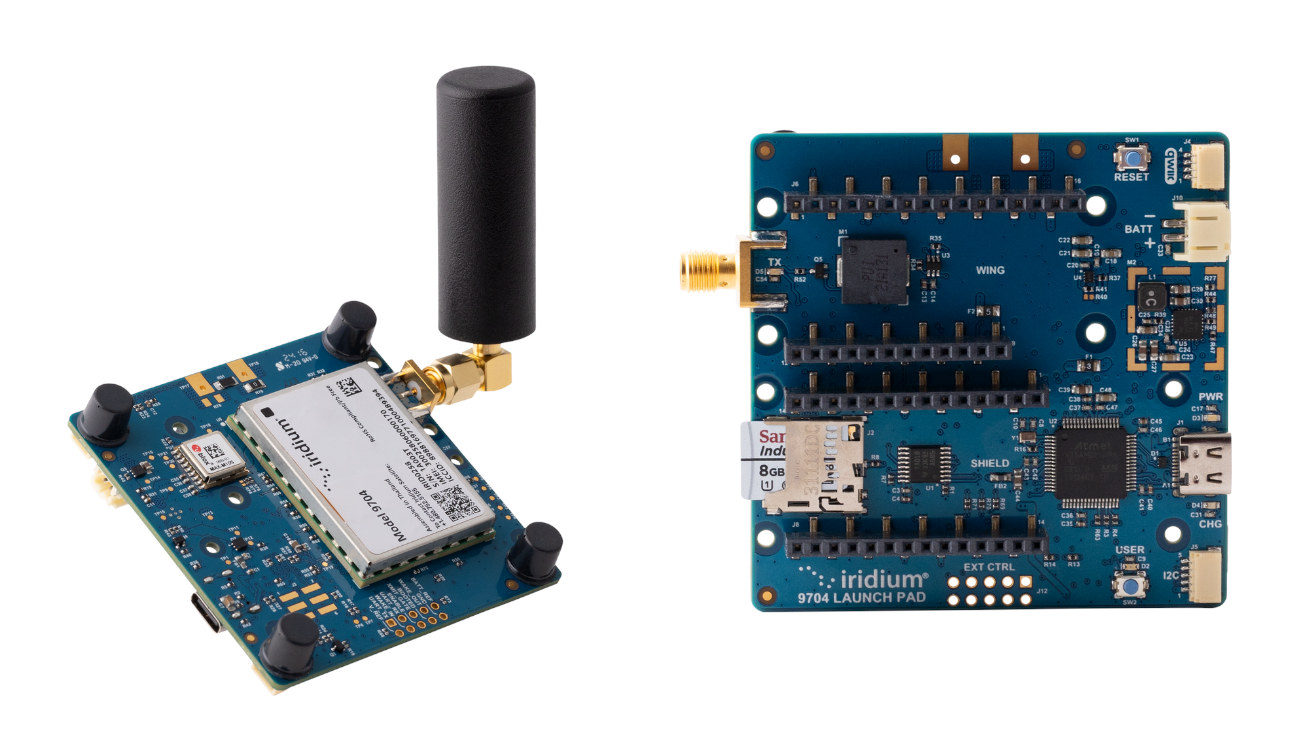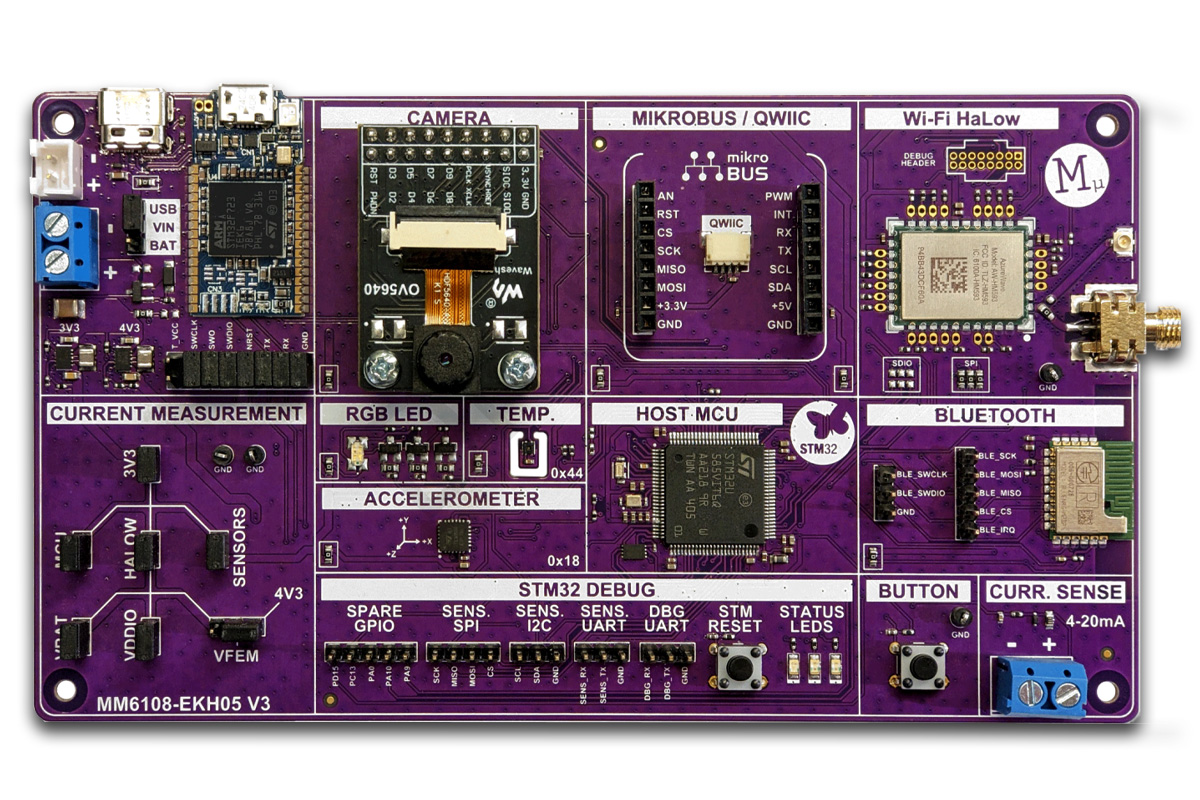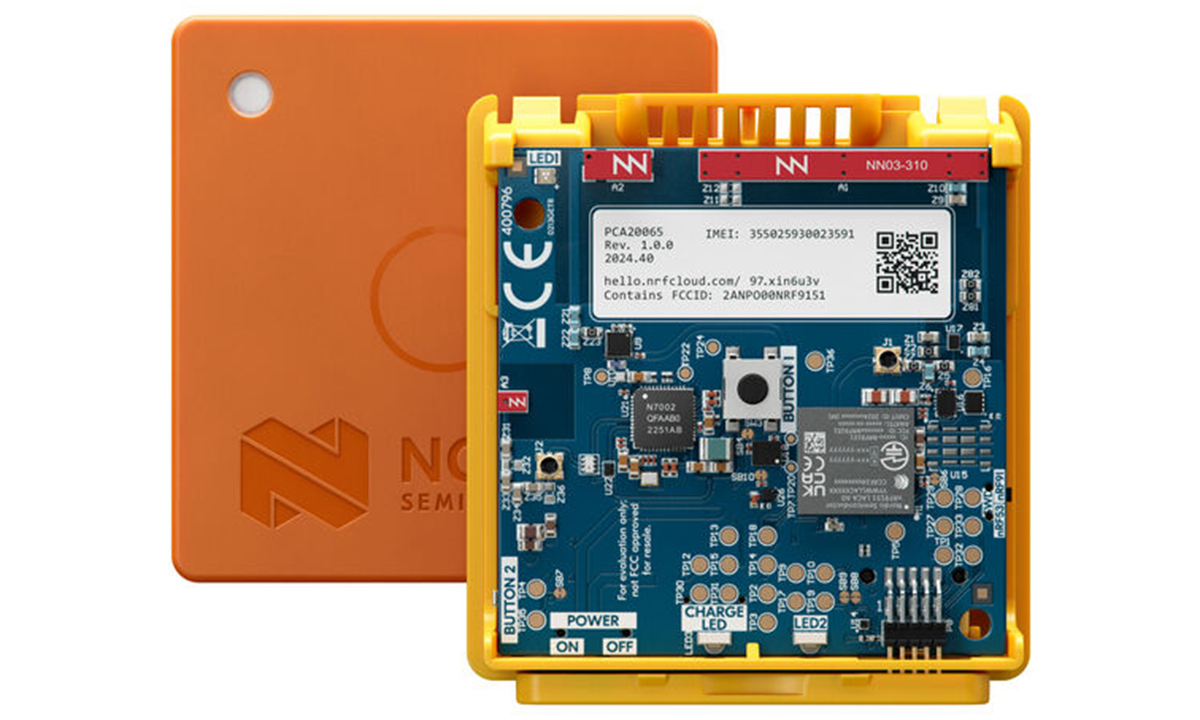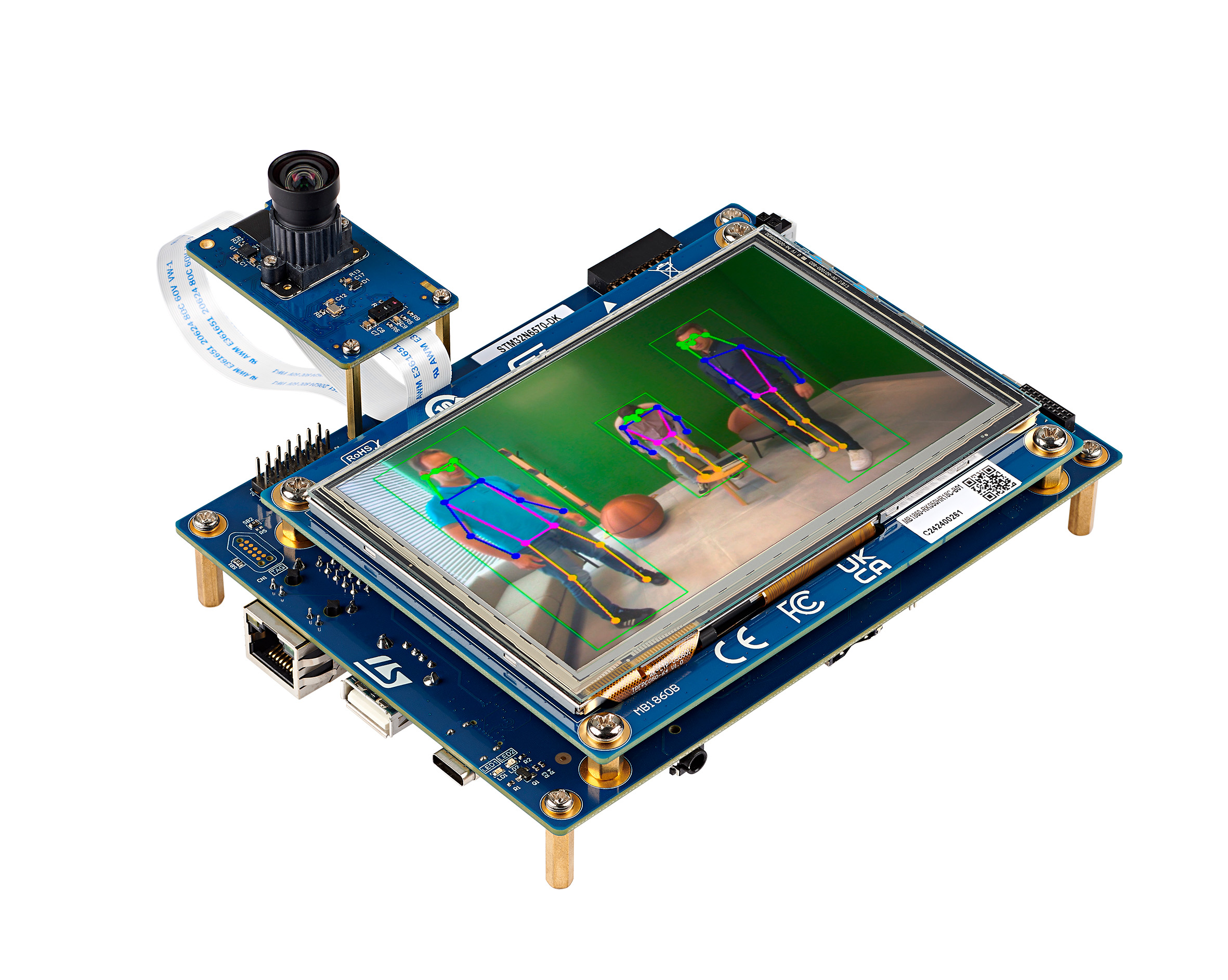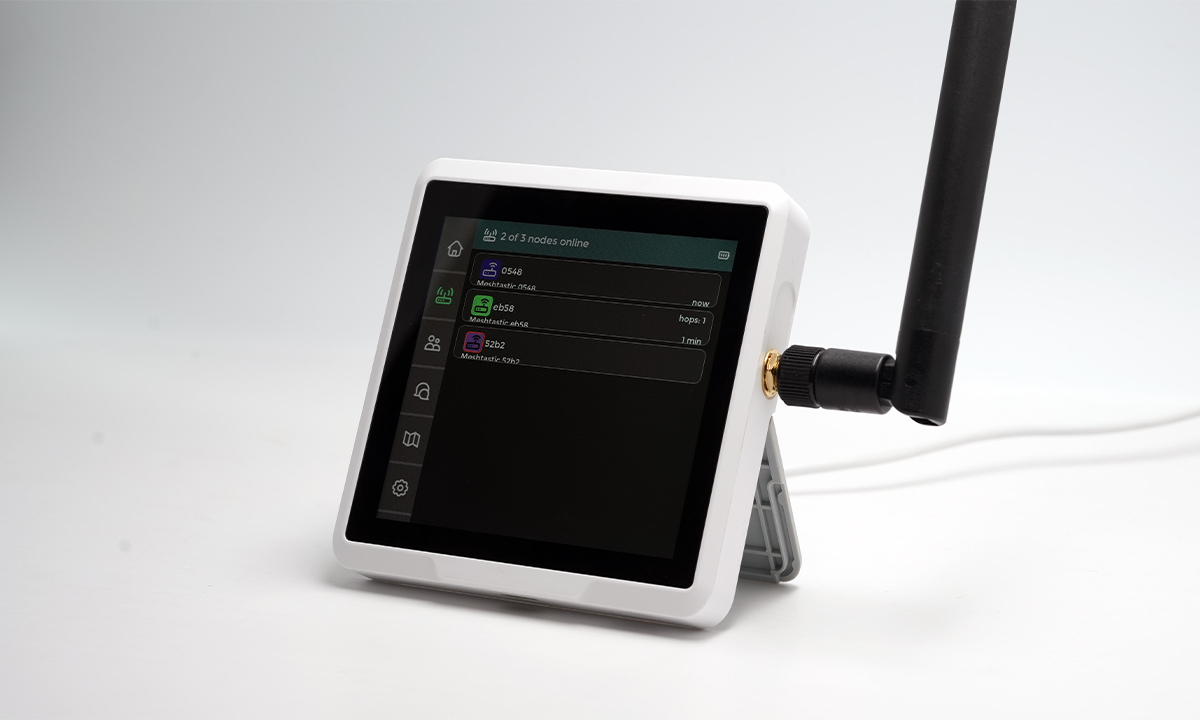The ESP32-AIVoice-Z01 is an affordable ESP32-S3-powered AI voice kit designed for creating voice-controlled AI applications. It features Wi-Fi and Bluetooth connectivity through the ESP32-S3 SoC, a dual digital microphone array for accurate voice recognition, and an onboard amplifier. The system also implements audio algorithms for noise reduction and echo cancellation. The ESP32-AIVoice-Z01 board supports Espressif’s WakeNet voice wake-up framework and integrates with the AiLinker open-source backend service framework to enable the connection to various large AI model services like OpenAI, ZhiPu QingYan, TongYi QianWen, and DouBao. These features make this device suitable for developing AI-powered toys, IoT devices, mobile devices, and smart home applications. ESP32-AIVoice-Z01 ESP32 AI voice kit specifications Wireless module – ESP32-S3-WROOM-1U SoC – Espressif Systems ESP32-S3 dual-core Xtensa LX7 processor Memory – 8MB PSRAM Storage – 16MB flash Wireless – WiFi 4 and Bluetooth 5.0 connectivity with external antenna Storage – MicroSD card slot Audio Dual digital microphone array […]
STMicro ST67W611M1 IoT module features Qualcomm QCC743 SoC with Wi-Fi 6, BLE, and 802.15.4 radios
ST Microelectronics has introduced the ST67W611M1 IoT module developed in partnership with Qualcomm and integrating the latter’s QCC743 multi-protocol connectivity chip with Wi-Fi 6, Bluetooth 5.3 Low Energy (BLE), Thread-compatible IEEE 802.15.4 connectivity, and support for Matter-over-Wi-Fi. Additionally, it features 4MB of flash storage and provides options for a PCB or external antenna via a uFL connector. The module is designed to connect with STMicro’s STM32 microcontroller and microprocessor families through SPI and/or UART, making it easy to add wireless connectivity to STM32-based projects, including those using the new STM32N6 chips with an in-house Neural-ART machine learning accelerator. These features make this chip suitable for smart home devices, industrial IoT systems, wearables, healthcare monitors, and connected appliances. ST67W611M1 specifications: Wireless Connectivity Wi-Fi 6 with up to 20 dBm output power Bluetooth Low Energy 5.3 with 2 Mbps throughput Thread support Supports Matter protocol over Wi-Fi for future-proof connectivity Storage – […]
u-blox UBX-M10150-CC – A tiny GNSS receiver chip for wearables with 10mW power consumption
u-blox has launched the UBX-M10150-CC GNSS receiver chip tailored for wearables such as sports and smartwatches thanks to its tiny size (2.39 x 2.39mm) and an ultra-low power consumption of just 10mW. The chip supports GPS, Galileo, BeiDou, and QZSS/SBAS constellations and features LEAP (Low Energy Accurate Positioning) technology for efficient and accurate positioning up to a 1.5m range. u-blox UBX-M10150-CC specifications: Receiver type – u-blox M10 engine GNSS technology GPS L1 C/A, QZSS L1 C/A/S, BeiDou B1I/B1C, Galileo E1B/C SBAS L1 C/A – WAAS, EGNOS, MSAS, GAGAN Navigating Frequency – Up to 2 Hz (LEAP) and up to 12 Hz (High Performance) Accuracy – 1.5 m CEP (Circular Error Probable), horizontal position Response Time – Cold Start (28s), Hot Start (1s), Aided Start (1s) Sensitivity Tracking & Navigation (-159 dBm), Reacquisition (-158 dBm) Cold Start (-148 dBm), Hot Start (-159 dBm) Tracking features LEAP technology Data batching – […]
Iridium Certus 9704 Satellite IoT Developer Kit supports Arduino programming, integrates with Blynk IoT Cloud
Iridium Certus 7904 Satellite IoT Developer Kit is a compact Arduino-programmable devkit with satellite connectivity, a microSD card for data storage, USB and LiPo battery power support, and various expansion options designed for IoT and M2M applications. Featuring a pre-provisioned Iridium Certus 9704 module, the developer kit also supports expansion headers and connectors for Adafruit FeatherWing modules, Arduino Shields, Qwiic/STEMMA QT modules, and Arduino I2C (ESLOV) add-on boards. We have written about several Iridium satellite solutions over many years, but I think it’s the first time we’ve come across an easy-to-use Satellite IoT development kit programmable with the Arduino IDE and with Blynk IoT Cloud integration. Iridium Certus 9704 Satellite IoT Developer Kit specifications: Iridium Certus 9704 Module Max Message Size – 100 KB including images & soundbites through IMT (Iridium Messaging Transport) service Command Interface – JSON-Based Serial Protocol for REST (JSPR) Interfaces – Serial data; SPI; GPIOs; GNSS […]
STM32-powered MM6108-EKH05 Wi-Fi HaLow evaluation kit supports Bluetooth, Camera, and Qwicc/MikroBus modules
Morse Micro has recently launched the MM6108-EKH05 Wi-Fi HaLow Evaluation Kit designed to reduce the development and deployment time of IoT products. Built around the Morse Micro MM6108 HaLow SoC, this kit combines long-range, low-power wireless connectivity with a range of integrated sensors, making it ideal for IoT engineers and developers. Key features include Wi-Fi HaLow connectivity, an STM32U585 Cortex-M33 MCU, integrated sensors (temperature, humidity, accelerometer), 16 MB of SPI Flash memory, programmable GPIOs, power measurement tools, and WPA3 security for reliable and secure communication. The kit also includes alternative power options including USB, battery, or external power, and embeds support for a camera, MikroBus and Qwicc expansion modules, Bluetooth, and current measurement circuitry. All these features make this kit useful for applications including smart homes, industrial automation, and agricultural monitoring. MM6108-EKH05 specifications: MCU – STM32U585 Arm Cortex-M33 microcontroller @ 160 MHz with TrustZone, 2 MB Flash Storage – 16Mbit […]
Nordic Thingy:91 X multi-sensor cellular IoT platform combines nRF9151 LTE IoT SiP, nRF5340 BLE SoC, and nRF7002 WiFi 6 IC
Nordic Semiconductor introduced the Nordic Thingy:91 in mid-2019, a cellular IoT prototyping platform built around the Nordic nRF9160 system-in-package (SiP). It supports LTE-M, NB-IoT, and GPS, and includes features like an Arm Cortex-M33 core, Arm TrustZone security, and flash memory. The platform is ideal for creating IoT Proof-of-Concepts, demos, and prototypes, making it easy to test and deploy IoT applications. The upgraded Nordic Thingy:91 X features the new Nordic nRF9151 SiP, offering support for LTE-M, NB-IoT, GNSS, and DECT NR+ for global connectivity, integrates the nRF5340 SoC for USB and Bluetooth LE, and the nRF7002 IC for Wi-Fi locations. The platform includes sensors for environmental and motion sensing, one expansion connector for Qwiic/STEMMA QT and Grove modules, and antennas for LTE, GNSS, and Wi-Fi. Additionally, the kit also features a Nano/4FF SIM slot, two SIM cards, and a 1,350 mAh Li-Po battery managed by nPM6001 and nPM1300 PMICs, to support field […]
STMicro releases STM32N6 Cortex-M55 MCU series with in-house NPU and dedicated computer vision pipeline
STMicro has announced the availability of the STM32N6 microcontroller series based on the 800MHz ARM Cortex-M55 and the 600 GOPS-capable Neural-ART Accelerator. The STM32N6 is the company’s “newest and most powerful STM32 series,” bringing MPU-level performance to MCUs. It is the first STM32 to feature the Arm Cortex-M55 and offer up to 4.2MB of embedded RAM. Additionally, the chip includes ST’s NeoChrom GPU and an H.264 hardware encoder. According to Remi El-Quazzane, MDRF (Microcontrollers, Digital ICs, and RF Products) President at STMicro, the STM32N6 “marks the beginning of a long journey of AI hardware-accelerated STM32, which will enable innovations in applications and products in ways not possible with any other embedded processing solution.” STMicro offers two versions of the STM32N6 MCU: the STM32N6x7 AI line featuring the Neural-ART accelerator and the STM32N6x5 GP (general-purpose) product line without an NPU. The microcontroller series is primarily targeted at computer vision and audio […]
SenseCAP Indicator – An ESP32-S3 and RP2040-based Meshtastic LoRa device with a 4-inch touchscreen display
The SenseCAP Indicator is a 4-inch capacitive touchscreen device designed for IoT connectivity and Meshtastic applications powered by Espressif Systems ESP32-S3 and Raspberry Pi RP2040 microcontrollers. It supports Wi-Fi (802.11b/g/n) and Bluetooth 5.0 LE connectivity, as well as LoRa using the Semtech SX1262 chip. The device also provides Grove connectors for expansion and a microSD slot supporting up to 32GB. Preloaded with Meshtastic firmware, the SenseCap Indicator is ready to function as a Meshtastic desktop or car node and can be reconfigured into a LoRaWAN Single-Channel Gateway. It features a 3.95-inch RGB touchscreen with 480×480 resolution, which is larger than most other Meshtastic solutions we’ve covered. Previously, we reviewed the SenseCAP Indicator D1Pro, which shares many features with the SenseCAP Indicator. However, the D1Pro integrates tVOC and CO2 sensors, along with an external Grove AHT20 TH sensor for precise temperature and humidity measurements. With real-time air quality monitoring from the […]


